In this blog you can visit new technology latest news about advance technology viral news latest andriod phones and much more visit this blog for more updates daily thanks
Monday, 3 June 2019
Apple restricts ads and third-party trackers in iPhone apps for kids
Apple has told developers to stop including third-party trackers in apps designed for kids — or they face having their apps pulled from the app store.
The tech giant quietly updated its guidelines for apps that are submitted to the app store’s kids category following the keynote address at its annual developer conference on Monday.
“Apps in the kids category may not include third-party advertising or analytics,” the new guidelines say. Previously, the guidelines only restricted behavioral advertising tracking.
Apple also currently prohibits apps in the kids category from including links that point outside the app or contain in-app purchasing.
Apple has come under fire for its recent marketing campaign claiming “what happens on your iPhone stays on your iPhone,” which critics say is misleading. All too often apps include ads or tracking code that allows app makers to collect information about the device, including its location and other data, and send it back to base so companies can better target its users with ads, learn more about how you use the app, and more.
Just last week, the Washington Post found over 5,400 app trackers were uploading data from an iPhone over a single week — even at night when the phone owner was asleep.
As a TechCrunch investigation earlier this year found, some apps use so-called session replay technology, a kind of analytics software that records the screen when an app is open. Apps built by Expedia, Hollister and Hotels.com were found in violation of Apple’s rules and developers were told to remove the code.
Apple follows in the footsteps of Google, which last week set out new policies around kids’ apps available for Android through Google Play. The move came following a complaint by the Federal Trade Commission filed by close to two-dozen consumer advocacy groups, which accused the mobile giant of not ensuring app compliance with federal children’s privacy laws.
Now with Apple’s new restrictions, at least kids have a fighting chance of keeping their iPhone data private.
from Apple – TechCrunch https://tcrn.ch/315r1XF
Apple restricts ads and third-party trackers in iPhone apps for kids
Apple has told developers to stop including third-party trackers in apps designed for kids — or they face having their apps pulled from the app store.
The tech giant quietly updated its guidelines for apps that are submitted to the app store’s kids category following the keynote address at its annual developer conference on Monday.
“Apps in the kids category may not include third-party advertising or analytics,” the new guidelines say. Previously, the guidelines only restricted behavioral advertising tracking.
Apple also currently prohibits apps in the kids category from including links that point outside the app or contain in-app purchasing.
Apple has come under fire for its recent marketing campaign claiming “what happens on your iPhone stays on your iPhone,” which critics say is misleading. All too often apps include ads or tracking code that allows app makers to collect information about the device, including its location and other data, and send it back to base so companies can better target its users with ads, learn more about how you use the app, and more.
Just last week, the Washington Post found over 5,400 app trackers were uploading data from an iPhone over a single week — even at night when the phone owner was asleep.
As a TechCrunch investigation earlier this year found, some apps use so-called session replay technology, a kind of analytics software that records the screen when an app is open. Apps built by Expedia, Hollister and Hotels.com were found in violation of Apple’s rules and developers were told to remove the code.
Apple follows in the footsteps of Google, which last week set out new policies around kids’ apps available for Android through Google Play. The move came following a complaint by the Federal Trade Commission filed by close to two-dozen consumer advocacy groups, which accused the mobile giant of not ensuring app compliance with federal children’s privacy laws.
Now with Apple’s new restrictions, at least kids have a fighting chance of keeping their iPhone data private.
from Android – TechCrunch https://tcrn.ch/315r1XF
via IFTTT
Apple’s new Sidecar feature is great for users, but third-parties take a hit
Apple has a new feature it’s introducing for the Mac in macOS 10.15 Catalina that is admittedly amazing for anyone like me who happens to have both an iPad and a Mac. It’s called ‘Sidecar,’ and it lets you use your iPad as a second display – wired or wirelessly, and with Apple Pencil support for iPads that work with that stylus.
Based on what we saw at Apple’s WWDC 2019 on stage today, this should work pretty seamlessly out of the box, without anything else to install or configure. It’ll also provide support for Mac apps that already work with drawing tablets, including crucial industry stand-by Adobe Creative Suite.
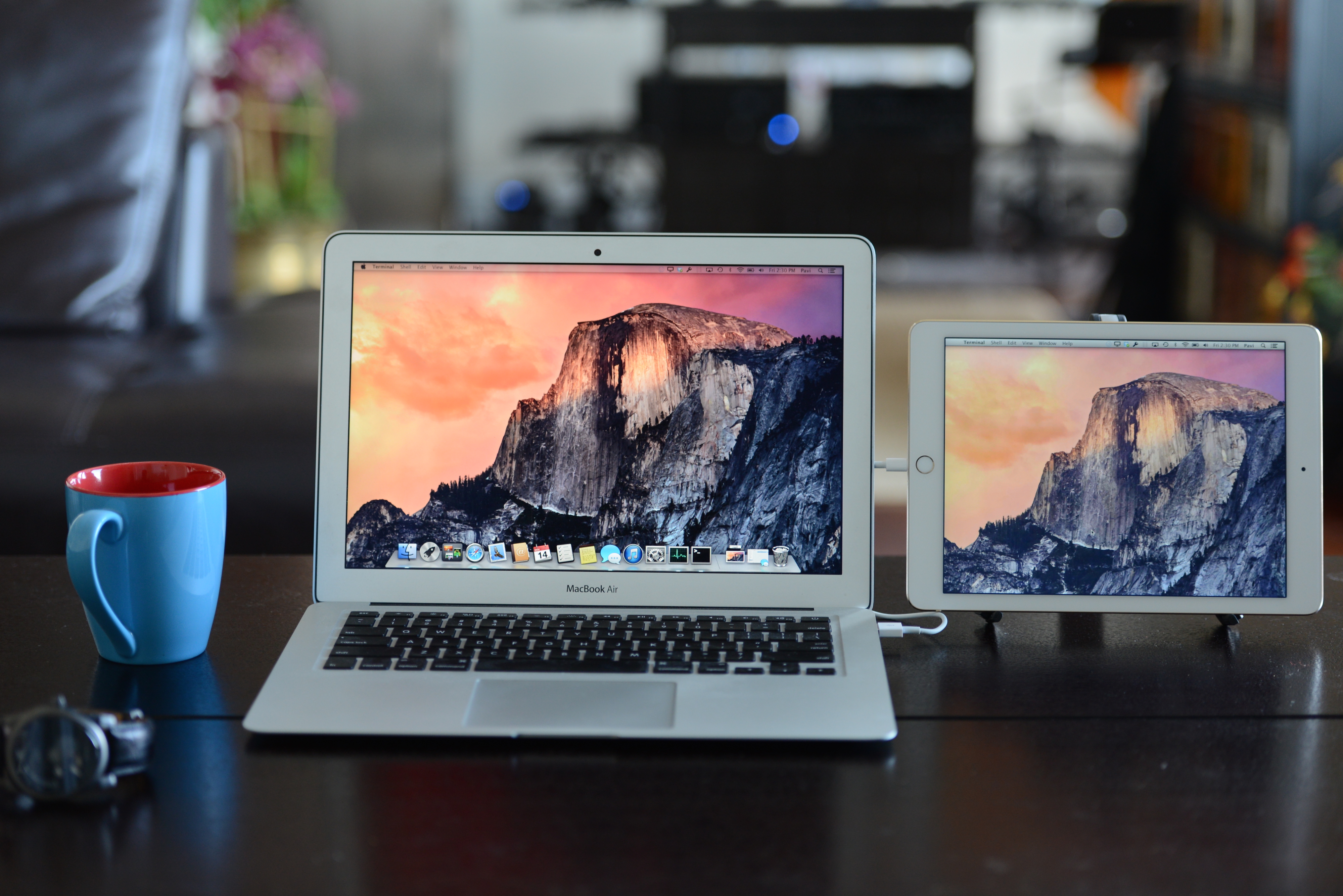
This is basically something that people have been asking for since day one with the iPad, and as with most obvious omissions in Apple software and features, third-parties sprung up to fill the gap. One of the earliest was Rahul Dewan, an ex-Apple engineer who used his expertise to create Duet Display, a wired/wireless display mirroring and extension app for iPad that continues to be incredibly useful. Likewise, Astropad provides a suite of offerings that can extend your Mac display to your iPad, with specialized offerings targeting digital artists.
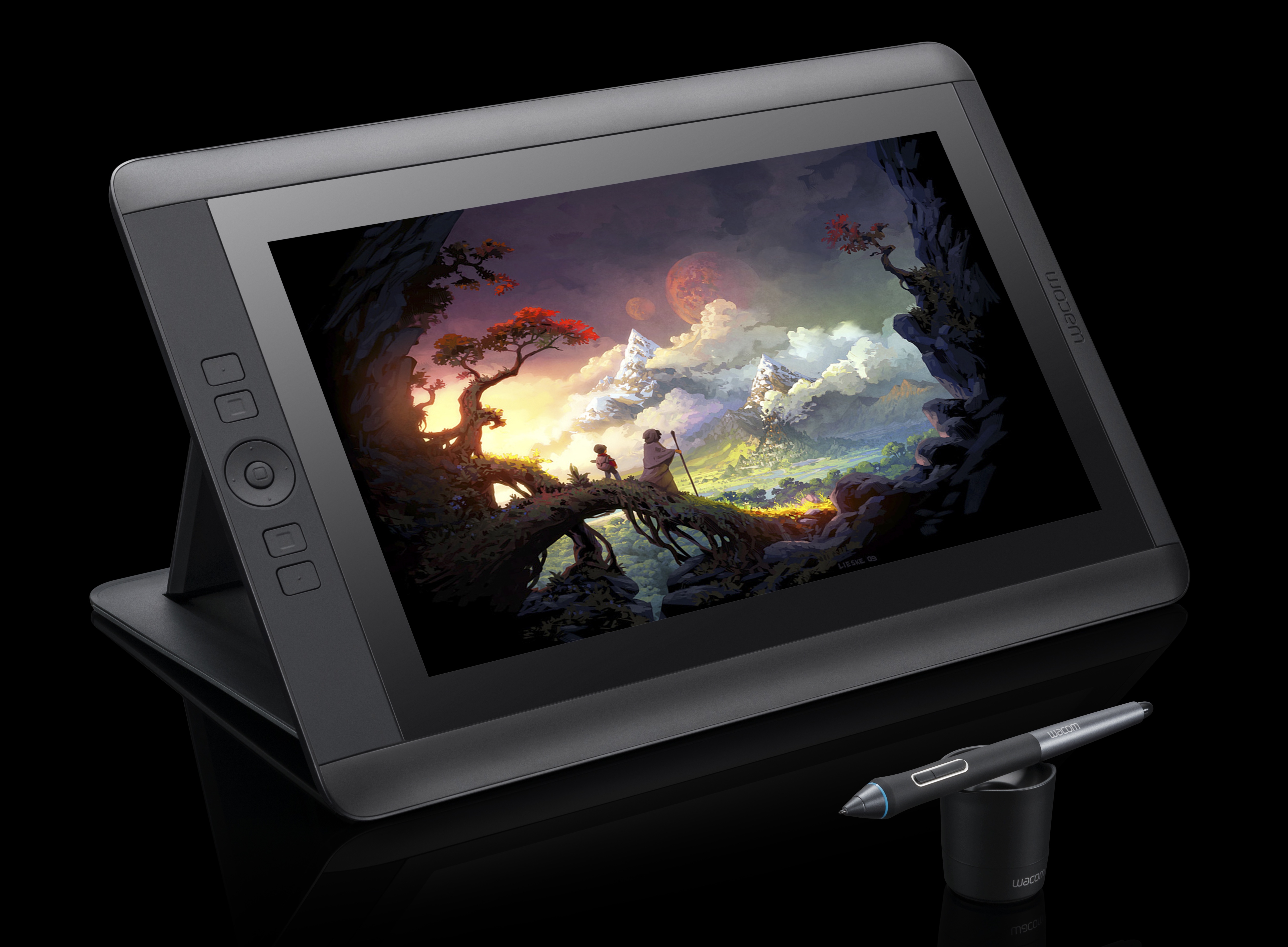
And then there’s Wacom, which has long been the default choice for professional artists and animators who need to do the bulk of their work digitally. This company’s Cintiq line was, for a long time, the only real option available for anyone who wanted a high quality drawing tablet that supported stylus input directly on the display. They were also so pricey that you could really only justify picking one up if digital art was what you did for a living.
Wacom has continued to innovate with its Cintiq Pro line, and recently introduced a 16-inch Cintiq that’s far more affordable, likely in part as a response to the iPad line’s widening Apple Pencil support. Other, more affordable alternatives are also plentiful on Amazon.
But Sidecar poses a threat to both Wacom, and especially to those third-party iPad apps mentioned above. Which is, unfortunately, one of the risks you inevitably incur when you build on anyone’s ecosystem.
Apple isn’t shy about incorporating features that it once considered too fringe to do itself into its core platform, even if that steps on the toes of some of its ecosystem partners. The thing is, when it offers clear consumer value, and ups the overall feeling that you’re getting your money’s worth when you invest in their hardware, it’s hard to fault them for doing so.
from Apple – TechCrunch https://tcrn.ch/2JU8E2A
Farewell iTunes: Apple brings standalone Music, Podcasts and TV apps to Mac
Apple is dismantling its aging iTunes software with today’s announcement that it’s launching standalone versions of its Music, Podcasts and TV apps for Mac users on the next version of macOS, Catalina. These same apps are currently available on iOS where they’re separate from Apple’s two marketplace apps, the iTunes Store and the App Store.
The company announced the end of iTunes today at its Worldwide Developer Conference, where Apple VP of Software Engineering Craig Federighi poked fun at iTunes’ bloat.
“Customers love iTunes and everything it can do. But if there’s one thing we hear over and over, is can iTunes do even more?,” he teased before jokily presenting a version of iTunes that bundles in other Apple apps like Calendar and Mail, which got a laugh.
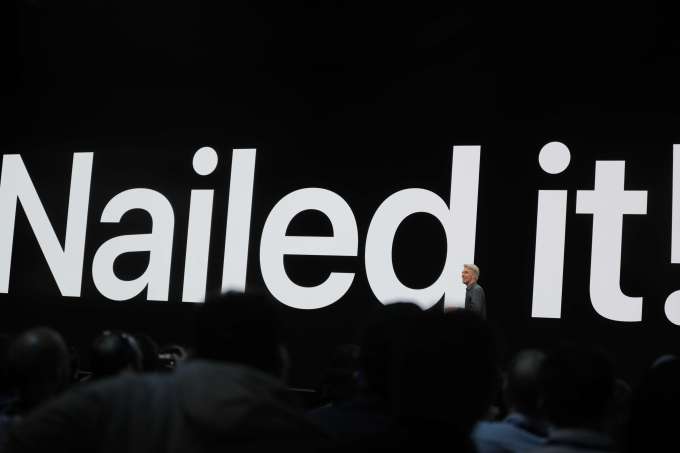
In reality, iTunes’ individual components are getting their own Mac apps.
The new Music app will be based on iTunes, and will support several standard iTunes features including smart and personalized playlists, library management, and Apple Music streaming as previously reported in a leak ahead of WWDC.
Syncing your iOS device, however, has been left to the Finder. That is, when you plug in your iPhone to your Mac, nothing happens on your screen. Instead, you can open Finder where you’ll find your device and all the syncing options there.
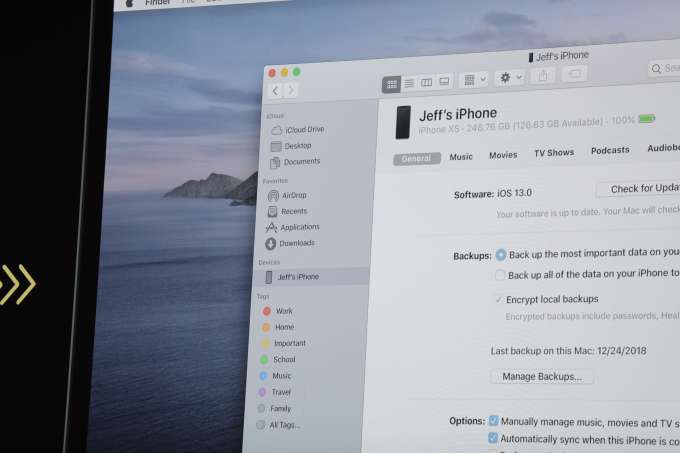
Meanwhile, the Podcasts app for Mac offers a way to search, discover, subscribe and listen to your favorite audio programs, much as it does on iOS. Your listening data will be synced across devices, and you can listen directly in the new app, as well.
But it’s also got a new trick: it will now use machine learning technology to index the spoken words in podcasts. That will allow you to find more podcasts — or even individual episodes — that reflect your interests.
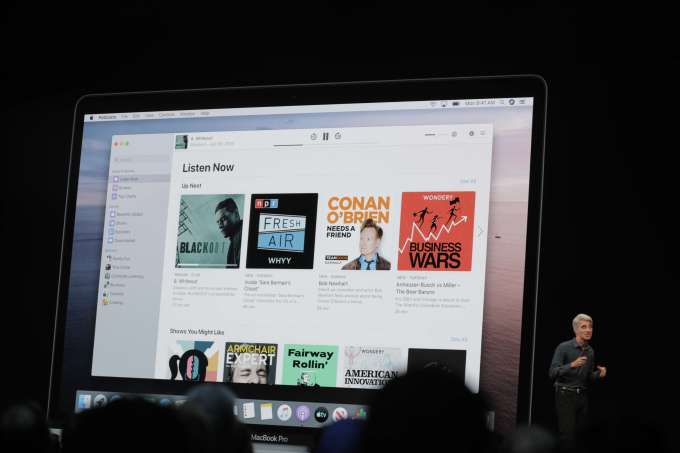
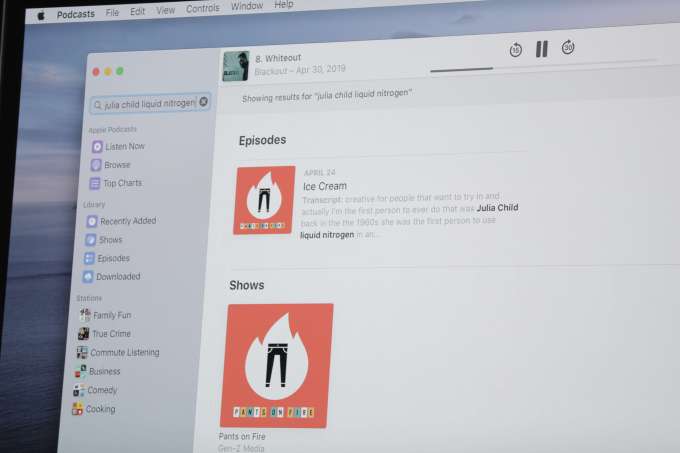
As on Apple TV and iOS, the TV app will allow Mac users to access third-party streaming services and premium channels, buy or rent movies and TV shows from Apple, authenticate with their cable provider to access content in “TV Everywhere”-powered apps, and stream the new original content from Apple TV+, launching this fall.
Apple had previously announced its intention to bring a TV app to the Mac, as part of its larger plans for its streaming TV service, Apple TV+
The new streaming service will include a variety of original content Apple has either funded or acquired, including TV series and movies. To make this content more accessible, Apple is also bringing its TV app to third-party platforms for the first time, including smart TVs, streaming boxes, and streaming sticks.
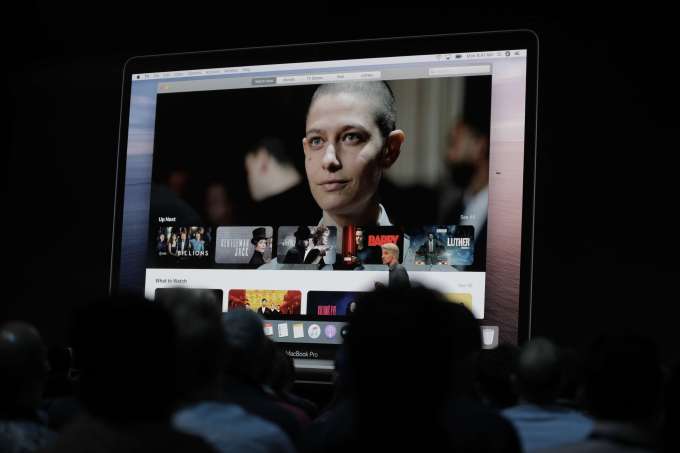
Apple first began porting some of its iOS apps to the Mac starting last year as part of a larger effort focused on making it easier for iOS apps to work on Mac.
At WWDC 2018, Apple announced its plans to port its own Stocks, News, Home and Voice Memos to macOS.
It clarified at the time that it was not “merging its operating systems,” as had been rumored. Instead, its Mac apps had been built using new technologies (reportedly codenamed Marzipan) that make it easier for developers to bring iOS apps to the Mac. Apple didn’t clarify on stage which technologies it used in breaking up iTunes.
There were hints ahead of today’s event that Apple was planning to shift some aspects of iTunes to their own, standalone apps. It shut down the social media accounts for iTunes on both Facebook and Instagram, and began to shift iTunes links to a new Music domain.
Rumors pointed to some minor updates for Apple’s Books app on Mac as well, but these were not mentioned on stage.
from Apple – TechCrunch https://tcrn.ch/2WCqVHF
iOS apps will run on macOS with Project Catalyst
Apple announced during its WWDC keynote that iOS apps will run on macOS, starting with the next major release of macOS this fall — macOS Catalina. Third-party developers will be able to release their iOS apps on the Mac starting this fall.
This might seem like a small change, but it requires a ton of radical changes behind the scene. Last year, Apple teased this move by porting Voice Memos, Apple News, Stocks and Home to macOS.
Screen Time is coming to the Mac, as well as the new iOS 13 features, such as the new photo gallery, folders in Notes, a redesigned Reminders app.
And yes, Apple is using Project Catalyst for those apps. That project is what you may already know under Apple’s internal codename Marzipan.
Catalyst is available to developers today with the first beta version of macOS Catalina. Chances are many developers will play with the feature this summer.
Gameloft, Twitter and Atlassian have already ported apps to macOS. Yes, there will be a native Twitter app available to download for the next version of macOS. And developers will be able to ship iOS apps as soon as this fall when users update to macOS Catalina.
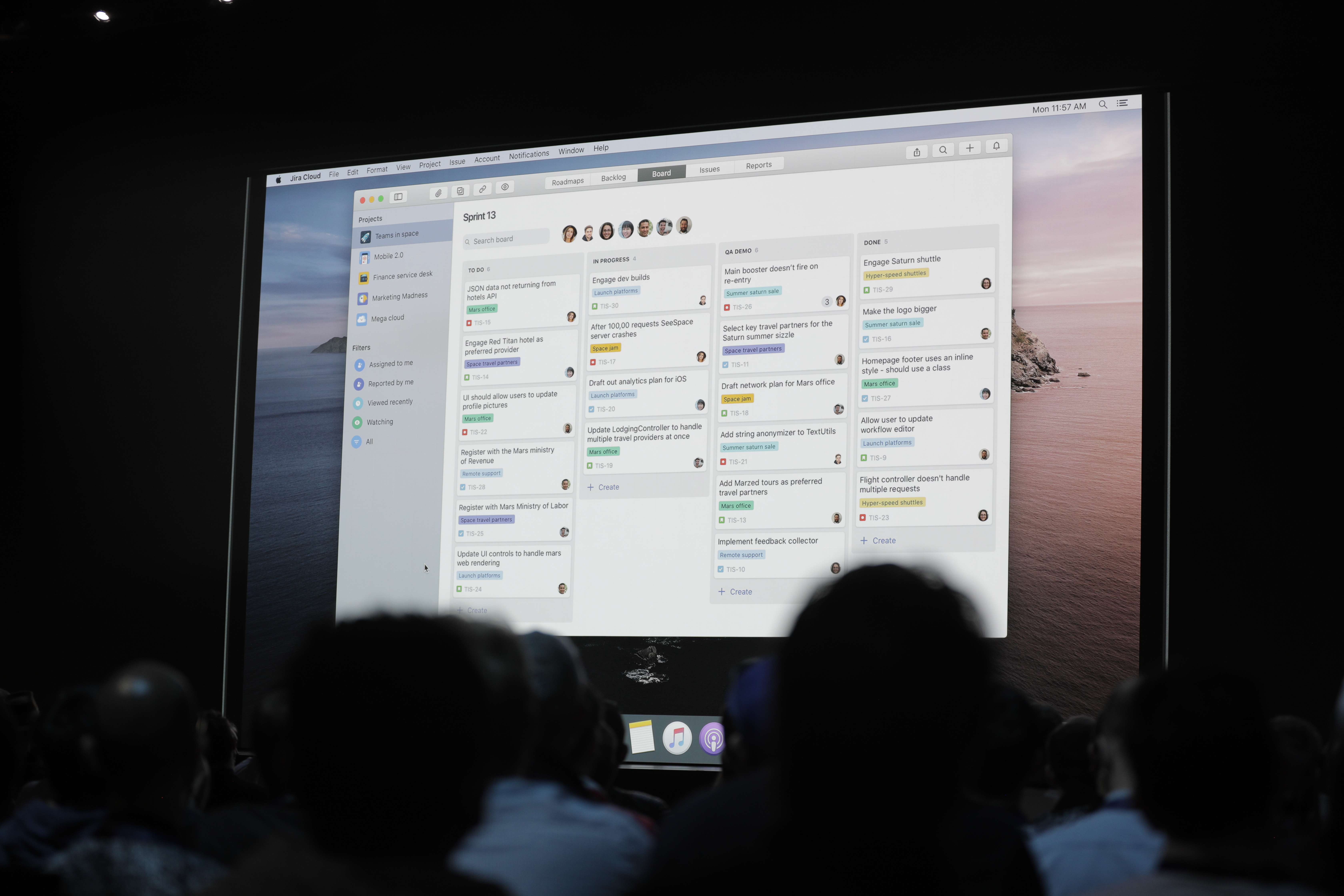
This version of macOS is also the first one that doesn’t include iTunes — RIP, iTunes. Apple is breaking out iTunes into multiple apps — Apple Music, Apple TV and Apple Podcasts.
Apple Music is focused exclusively on music, which means that it should be much faster than iTunes. The Apple Podcasts app syncs your progress across your devices. Apple now indexes the spoken content of podcasts so that you can search and find podcast episodes.
The Apple TV app works pretty much like the Apple TV app on the Apple TV device (I know, it’s confusing) and iOS devices. You can now stream videos at better quality — 4K HDR with Dolby Atmos and Dolby Vision.
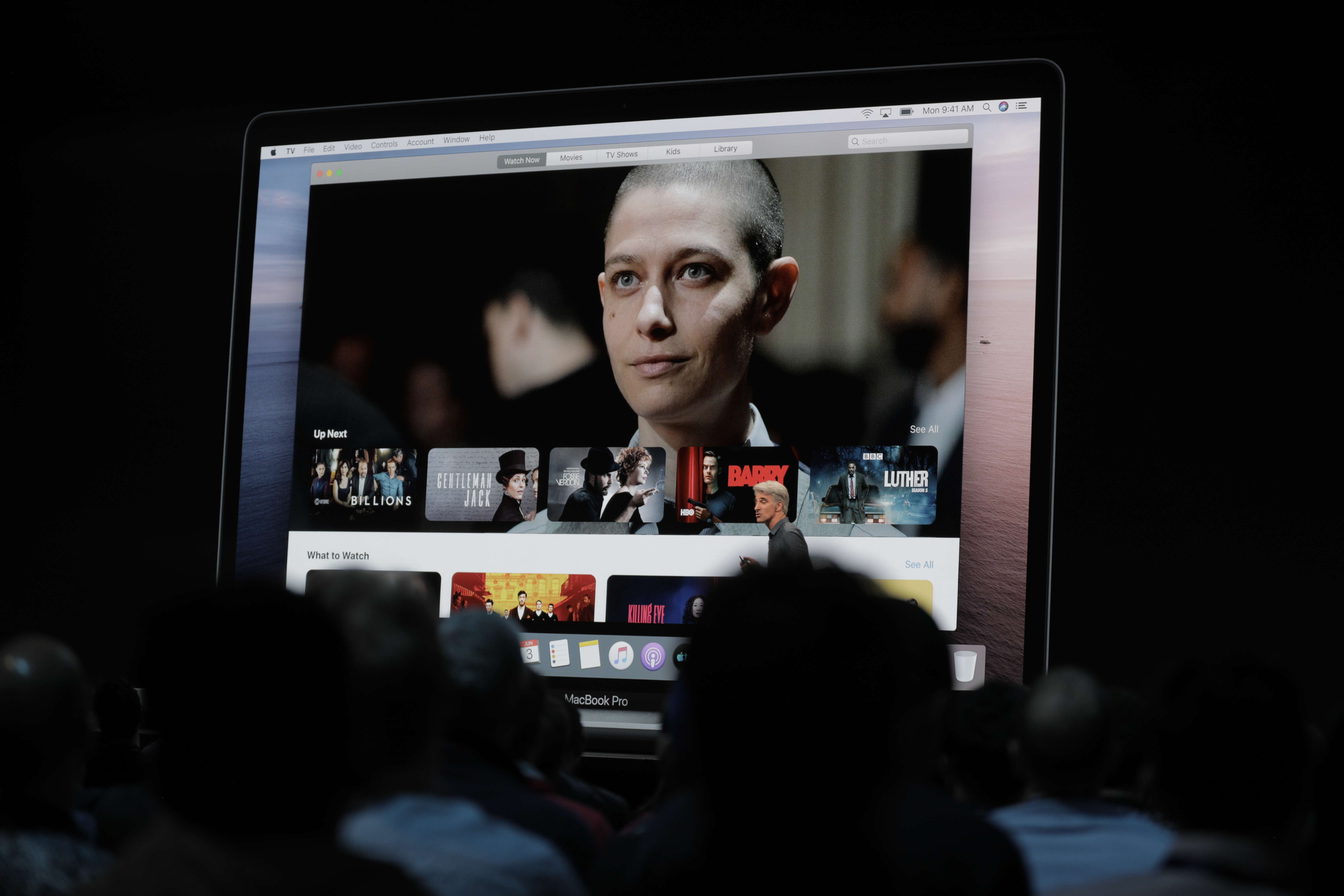
If you want to sync an iOS device with your Mac, you can access that feature from the Finder — it looks exactly the same as the iTunes syncing page.
You can use your iPad as a secondary display. It works like Duet Display or Luna Display. You can also use an Apple Pencil to draw stuff and edit photos. It works with a cable or wirelessly.
When it comes to accessibility, voice control is coming to macOS and iOS. For instance, you can open apps, scroll by saying “scroll down”, click on buttons and dictate text as well as emojis. Many buttons and areas are labeled with a number so that you can tap or click on an element by dictating it.
There’s a new macOS (and iOS app) called Find My. It combines Find My iPhone and Find My Friends. And you can now locate devices when they’re offline. Offline devices send an encrypted and anonymous signal to other Apple devices in the same area. If you forget your iPhone in an underground bar, a neighbor might catch the signal and send the location to the Find My app for instance.
But the big news is clearly Catalyst. Details are still thin, and Apple will most likely share more information this afternoon during its State of the Union WWDC keynote.
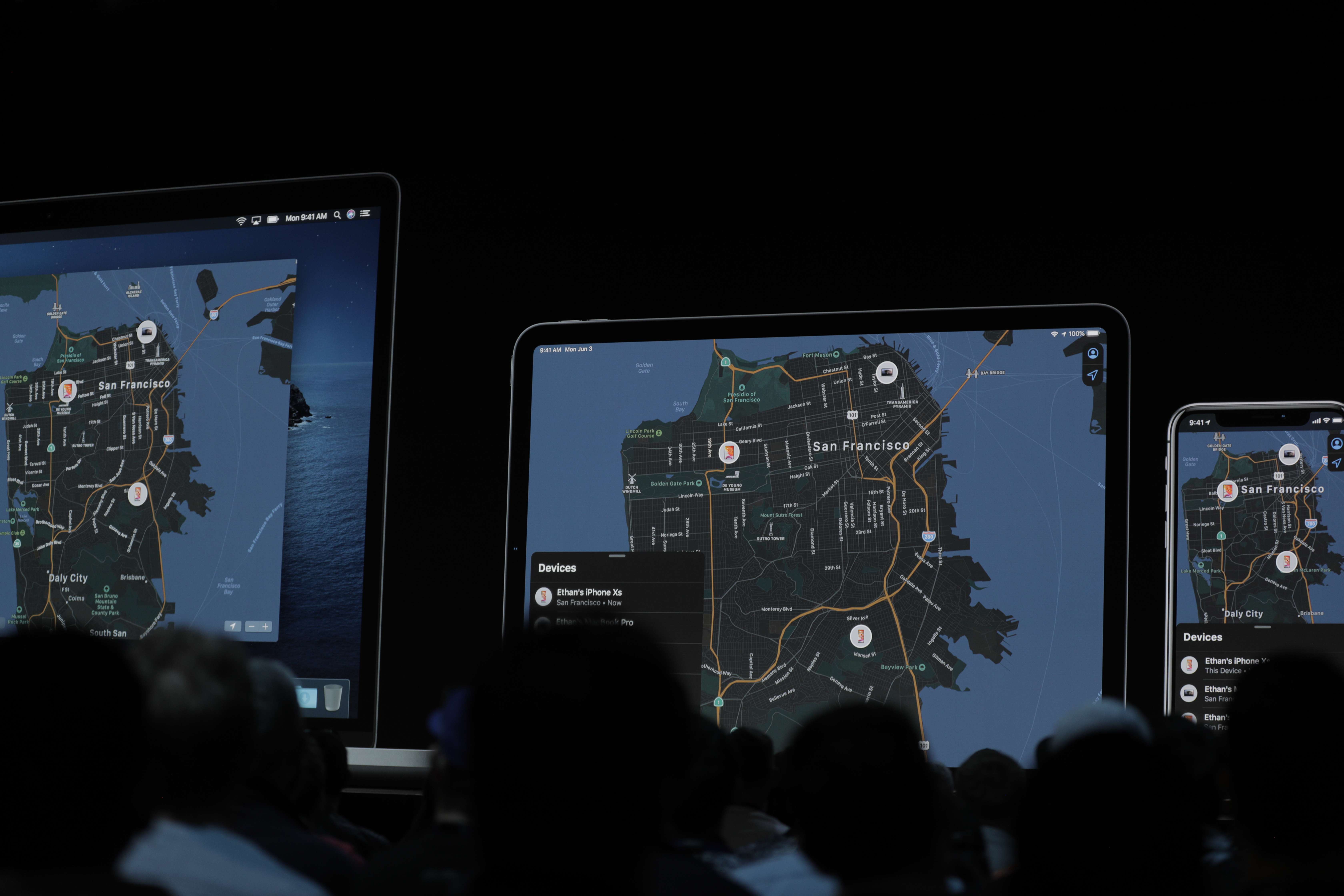
from Apple – TechCrunch https://tcrn.ch/2WFzSQy
iOS 13 will let you limit app location access to ‘just once’
Apple will soon let you grant apps access to your iPhone’s location just once.
Until now, there were three options — “always,” “never,” or “while using,” meaning an app could be collecting your real-time location as you’re using it.
Apple said the “just once” location access is a small change — granted — but one that’s likely to appeal to the more privacy-minded folk.
“For the first time, you can share your location to an app — just once — and then require it to ask you again next time at wants,” said Apple software engineering chief Craig Federighi at its annual developer conference on Monday.
That’s going to be helpful for those who download an app that requires your immediate location, but you don’t want to give it persistent or ongoing access to your whereabouts.
On top of that, Apple said that the apps that you do grant location access to will also have that information recorded on your iPhone in a report style, “so you’ll know what they are up to,” said Federighi.
Apps don’t always use your GPS to figure out where you are. All too often, apps use your Wi-Fi network information, IP address, or even Bluetooth beacon data to figure out where you physically are in the world so they can better target you with ads. Federighi said it will be “shutting the door on that abuse” as well.
The new, more granular location-access feature will feature in iOS 13, expected out later this year,.
from iPhone – TechCrunch https://tcrn.ch/2Mu4LTW
